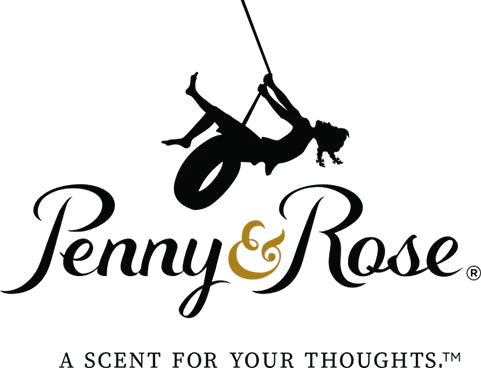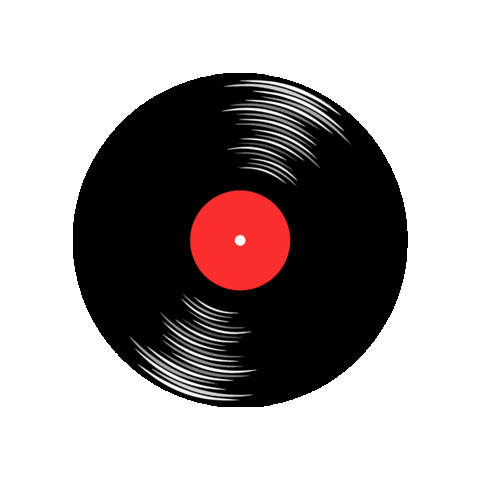Easter: Baskets, Bunnies & the Great Egg Hunt

Easter may not come with sleigh bells or stockings, but don’t let that fool you—it’s one of the most deeply rooted and widely celebrated holidays on the calendar. And while its origins go way, way back, the American version of Easter has taken on its own unique spin. (Hint: It has a sweet tooth and a flair for pastels.)
The holiday itself is a blend of ancient traditions—some sacred, some seasonal, and some that somehow ended with a rabbit in charge of brightly colored, candy-stuffed eggs.
Let’s start with the name. The word Easter is believed to come from Eostre, a pagan goddess of spring and fertility. Her festival fell around the spring equinox and involved plenty of symbols we still associate with Easter today: eggs, hares, and the return of sunshine after a long, cold season.
As Christianity spread, so did Easter in its modern religious form—celebrating the resurrection of Jesus and marking the culmination of Holy Week. But even as the sacred story became central, those older seasonal traditions stuck around, blending together in a way only holidays can.
By the time Easter reached America, it brought with it church bells and sunrise services, but also baskets, bunnies, and a whole lot of chocolate.
Thank the Germans
(Or blame them, depending on your Easter candy perspective.)
German immigrants brought the tradition of the Osterhase—a magical egg-laying hare—to Pennsylvania in the 1700s. Children would build nests in their bonnets or hats, hoping the hare would leave them colored eggs. Over time, the nests turned into baskets, the eggs turned into candy, and the bunny became the unofficial mascot of Easter in the U.S.
By the late 1800s, department stores were selling pre-filled baskets and pastel ribbons by the yard. And in 1873, the first chocolate Easter egg was produced in England. America followed suit—quickly. Because if there’s one thing we do well, it’s turning holidays into reasons to eat sugar and decorate things.

“Hop along, young fellow…” This 1950s Whitman’s ad reminded shoppers that no Easter egg hunt was complete without a chocolate sampler—and that a woman never forgets the man who remembers.
And we didn’t stop at eggs. We upped the ante with chocolate bunnies—hollow, solid, tiny, towering. Kids have opinions. A *lot* of them. A hollow bunny may look impressive, but it shatters into disappointment. A solid one? That’s commitment. That’s respect. And if you got a white chocolate one? You were either the favorite, or someone forgot to check the label.
Eggs, Bonnets & Sunday Best
Easter parades and pastel outfits became a hallmark of post-Civil War celebrations in America, especially in cities like New York. Women would stroll through the streets in their finest spring hats, known as “Easter bonnets,” while little kids wore white gloves, ruffled socks, and enough starch to stand up on their own.
“The Easter bonnet has long been recognized as woman’s particular weakness.”
— The Illustrated American, 1886

“Spring Bonnets,” Der Bazar, 1882. (Met Museum)
The tradition of egg-dyeing also grew in popularity—first with natural dyes made from beets, onions, and berries, and later with the arrival of those fizzy little PAAS tablets that turned every kitchen into a mini science lab.
As the decades passed, Easter kept evolving—growing brighter, bolder, and just a little more commercial with each generation.
By the early 20th century, the Easter Bunny had hopped far from folklore roots. Once a symbol of spring and fertility—possibly tied to the Germanic goddess Eostre—the bunny had become a full-time employee of commercial holiday culture. No longer just a whisper of myth, the Easter Bunny was showing up in shopping malls, handing out plastic eggs, and headlining televised specials. Meanwhile, families across the country were dyeing eggs in vinegar-scented kitchens, scattering them through the yard, and debating—often fiercely—whether marshmallow Peeps count as food or punishment.

Family, Front Porches & Backyard Hunts
At Penny and Rose’s house in Glassport, PA, Easter always followed a certain rhythm—church service in the morning, dressed up in our Easter best: ruffled socks, crooked headbands, and boys in outfits that made them look like missing members of the Beatles. (One of my brothers, in particular, had a look that could’ve landed him on an album cover.) And by noon, we were already out of our Easter finery, riding the kind of joy that only came from cheap chocolate and too much ham.

Little-known fact: The Beatles briefly had a fifth member. Chris was ready. Scott and I were just there looking cute.
I don’t remember every detail, but I remember enough—Easter egg hunts in the side yard, baskets rustling with plastic grass, and someone already sneaking a bite of chocolate before the first photo was even snapped.
Those photos were always taken on the front porch steps or the glider—at least, after the year someone tried to take them in the side yard and forgot about the midday sun. We were all squinting and shielding our eyes like tiny vampires. After that, we stuck to the porch.

The infamous “sun-in-our-eyes” Easter photo. It seemed like a good idea—until we opened them.

This time, no sun in the eyes—just mid-smiles and early candy dealmaking. Travis already looked unsure of his trading power.
The rest of the day was usually spent in the basement—or on the porch if the weather was kind. It wasn’t fancy, but it had everything we needed—cousins, games, second helpings of dessert, and candy trades that could rival Wall Street. We didn’t realize it then, but those loud, laughter-filled afternoons were the kind of memories you carry with you. The kind you try to recreate, in your own way, years later.
Now It’s Our Turn
These days, many of those same traditions live on with my own little family—though a few things have fallen away, and some new ones have taken their place. The Easter dresses and boys in bow ties? Gone. I couldn’t bribe my kids into wearing those if I tried. But the egg hunts? Still going strong. We even have a golden egg now—hidden alongside the rest, but declared “extra special.” Although, every year, what that actually means (and what it gets you) seems to grow... depending on who finds it.
The eggs are scattered around the field, and the baskets are hidden inside the house—just like they used to be. And without fail, someone ends up blabbing when they spot a sibling’s basket. It drives them wild. Which is funny now, because I used to do the same thing. If I found one of my brothers’ baskets, I made sure they knew it. Loudly.
Over the years, I’ve also come to appreciate just how much improvising goes into keeping the magic alive. One year, there was even a Tooth Fairy mix-up. My youngest had lost a tooth a few nights before Easter, and in a total mom-haze, I accidentally signed the little note tucked under her pillow as if it came from the Easter Bunny. The next morning required some fast storytelling. “She was just helping out,” I told her. “You know, Santa, the Easter Bunny, the Tooth Fairy—they all work together when things get busy.” And somehow, that made perfect sense.
Some traditions even stick around in ways we didn’t expect. Every summer—usually sometime in July—we end up finding a rogue plastic egg tucked somewhere on the property. Wedged under a bush, hidden in the grass, or buried behind a flowerpot from spring. One year, we even found one in the chicken coop—with a very confused hen roosting on it. Left over from Easter and long forgotten—except by my kids. If there’s still candy inside, they’ll eat it. No questions asked. Around here, the five-second rule has evolved into a solid five-month rule.
In the end, Easter is part family history, part childhood magic—and mostly sugar (and who found the golden egg), if we’re being honest.
Passed down, patched together, and sweetened with time—it’s the kind of holiday that always feels like home.
A peek at our annual Easter egg hunt on the farm—fields full of excitement, baskets brimming with eggs, and everyone secretly hoping to find the golden one… or at least beat their siblings to it.
Click on the image below and watch the video.

P.S. Yes, that’s our dog—an English mastiff who weighs more than all three kids combined.
If Easter in your house involves half tradition, half chocolate-fueled chaos—and maybe a five-month-old jellybean found under a flowerpot—we’d love to hear about it. Share your favorite memory in the comments below.
![]()
So many of our scents pair beautifully with Easter—florals, fresh notes, and a little sweetness. Find one that fits the mood, the memory, or the moment.



My father loved to buy all our Easter candies for our baskets from the only home made chocolate/candy store in town. He would buy white, pink and dark chocolate bunnies and marshmallow chicks. The chocolates were the best ever. They were made of solid chocolate and one would start eating the bunnies by starting with biting off the ears and working your way down to their feet. Oh, to be young again! 🐇
Mom always put a big chocolate bunny holding a basket with my other basket items. Brings back fond memories of growing up.
My mom always put a white chocolate bunny in my basket. This made me nostalgic for her and our traditions.